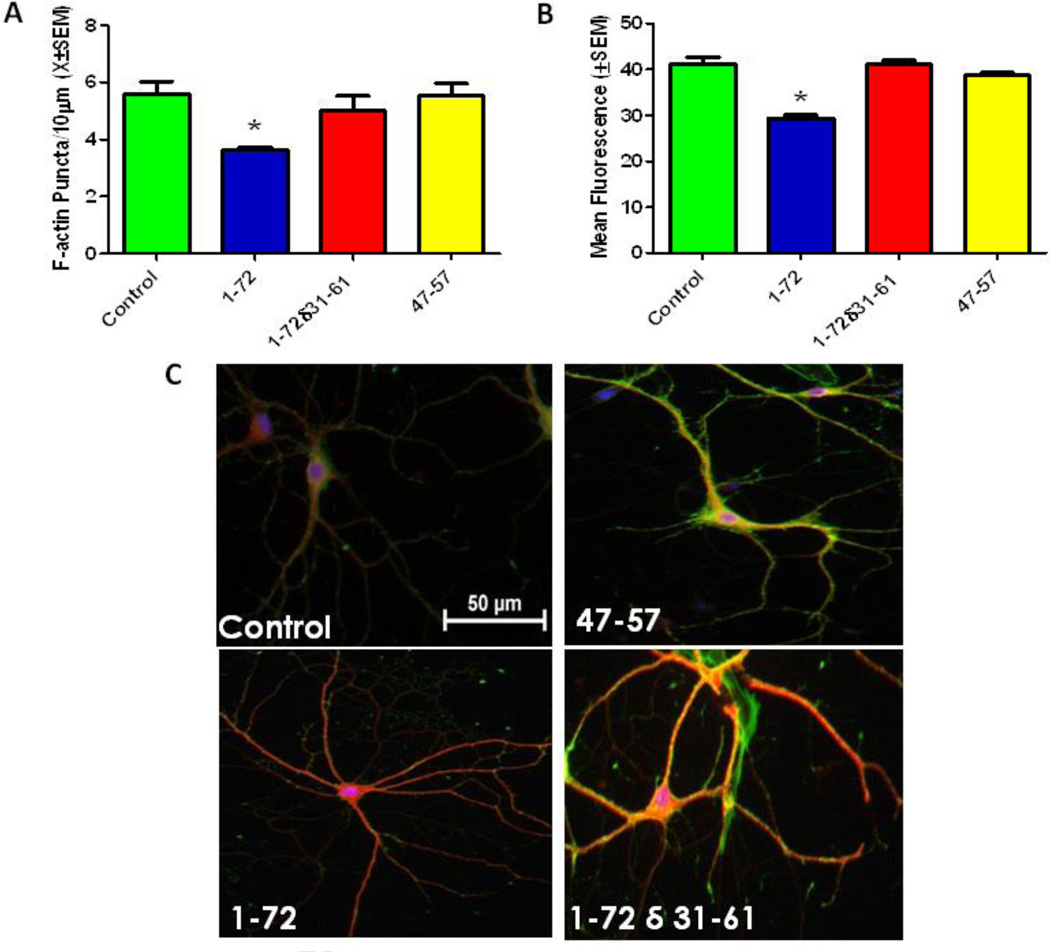Figure 3. The cysteine rich domain of Tat protein is critical for producing synaptodendritic injury.
A. Tat 1–72 treatment (50nM) for 24 hours produced significant loss of puncta relative to controls; however, Tat 1–72 (δ31–61) or Tat 47–57 treatment (50nM) for 24 hours did not produce significant loss of F-actin puncta. Second order dendritic branches were selected from 20X images of F-actin/MAP2/Hoechst-stained Tat-treated and non-treated control pyramidal hippocampal neurons for puncta quantification. Results are presented as mean F-actin labeled puncta per 10µm of neuronal dendrite ± SEM. *- indicates a significant (p<0.05) difference relative to control.
B. Tat 1–72 treatment (50nM) for 48 hours produced significant cell death; however, Tat 1–72 δ31–61 (50nM) or Tat 47–57 treatment (50nM) for 48 hours did not produce cell death. Fluorescent units were determined in hippocampal cell cultures using Live/Dead assays. Results are presented as mean values ± SEM. *- indicates a significant (P<0.05) difference relative to control.
C. Control, Tat (47–57) (50nM), Tat 1–72 (50nM), and Tat 1–72 δ 31–61(50nM) treated neurons labeled with F-actin(Green)/MAP-2(Red)/Hoescht(Blue). The hippocampal pyramidal neuron in the control condition, Tat (47–57), and Tat 1–72δ31–61 show robust F-actin labeling (green), and complex branching (red). Treatment with Tat 1–72 resulted in diminished F-actin staining (loss of green) and decreased dendritic branching. Scale bar = 50 microns

